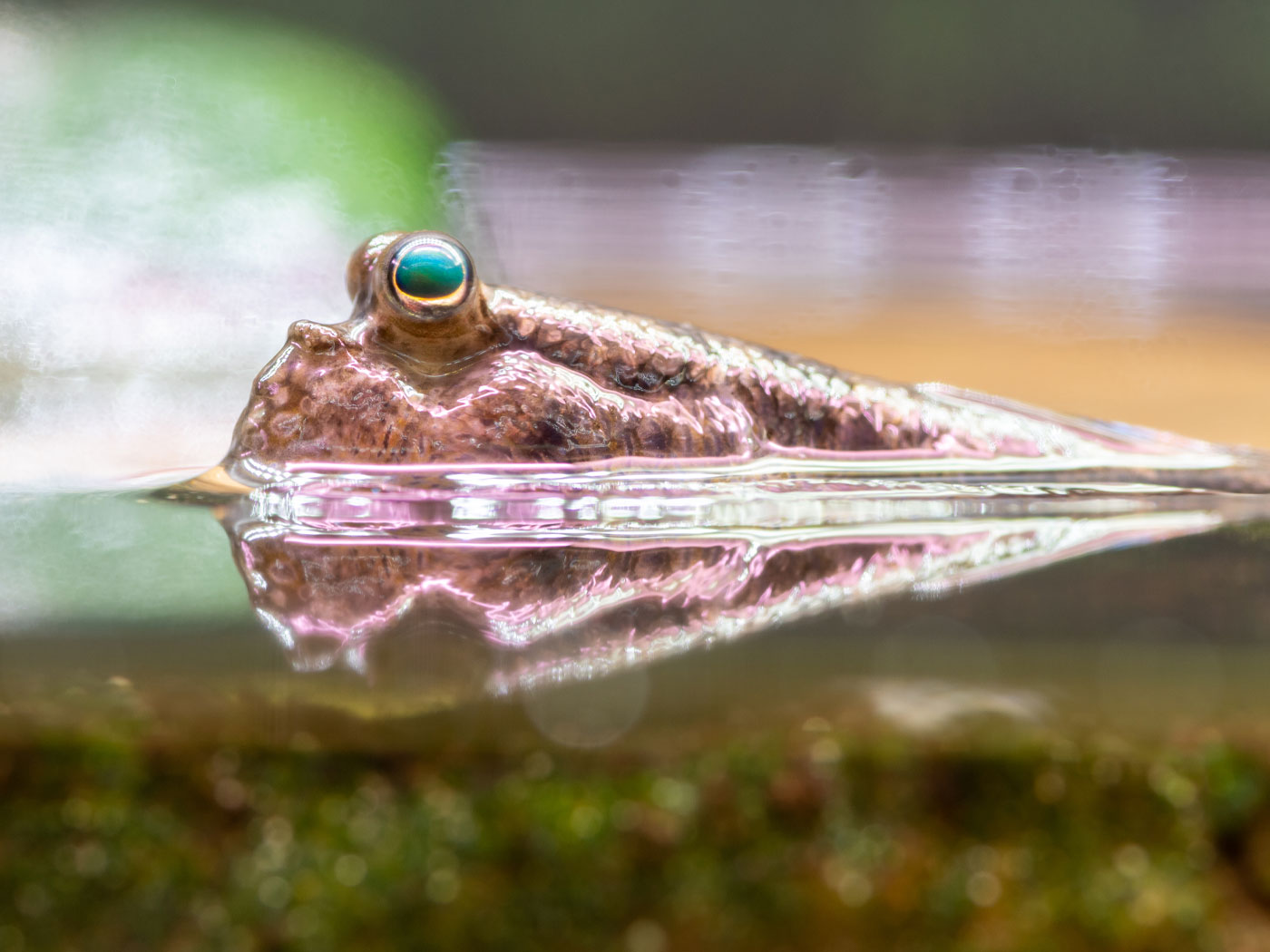To disentangle this mystery, a team of researchers from different academic fields set out to study the historical patterns of human brain evolution, comparing their findings with what is known in ant societies to offer broad insights.1
Ants are small, industrious insects at the base of the terrestrial ecosystem. God created them with sophisticated social systems, helping them to efficiently interact with each other and the environment.2
Because ants—like people—have been created with complex societal interactions and because evolutionists have no recourse but to embrace evolutionism, they must make the best of a terrible theory and somehow make a tenuous connection between human and ant brains and their behavior.
Ants provide a wide range of social systems to generate and test hypotheses concerning brain size enlargement or reduction and aid in interpreting patterns of brain evolution identified in humans. Although humans and ants represent very different routes in social and cognitive evolution, the insights ants offer can broadly inform us of the selective forces that influence brain size.3
Are the authors serious? Evidently so. But the human (and ant) brain did not evolve.
It is currently unknown when and in what form the central nervous system (CNS) in Bilateria first appeared, and how it further evolved in the different bilaterian phyla.4
A decade later the picture has not changed, “When and how the animal nervous system arose has remained murky….”5
The difference between arthropods (ants) and mammals (humans) are, of course, legion. But evolutionary theory maintains they must have a common ancestor. How do evolutionists start by making a connection between ants and people? By implication,
A natural starting point in reconstructing the evolutionary pathways of neural and behavioral complexity is from the nature of the common ancestor of the major bilaterian radiations. While the animal is doubtless extinct, its nature can be inferred.6
Not only has the common ancestor between arthropods and mammals remain unknown, but ants have always been ants.7 One of the earliest known ants comes from the genus Gerontoformica. It is from Charentese amber in France dated by evolutionists at over 100 million years old—and it is 100% ant.
Evolutionary naturalists can only appeal to ethereal pressures and forces of selection, unknown common ancestors, and inferences to make their case for brain evolution between ants and people. This is not science.
A ScienceAlert article admits, “The authors acknowledge their hypothesis is based on a ‘theory of theories’ that probably can't explain all the size changes in our brains throughout our evolutionary history.”8
Creationists couldn’t agree more.
References
1. Frontiers. When and why did human brains decrease in size 3,000 years ago? Ants may hold clues. Phys.org. Posted on phys.org October 22, 2021, accessed October 28, 2021.
2. Tomkins, J. ‘Talking’ Ants Are Evidence for Creation. Creation Science Update. Posted on ICR.org February 22, 2013, accessed November 2, 2021; Tomkins, J. Ant Behavior Informs Computer Search Algorithms. Creation Science Update. Posted on ICR.org June 22, 2020, accessed November 2, 2021.
3. DeSilva, J. et al. 2021. When and Why Did Human Brains Decrease in Size? A New Change-Point Analysis and Insights from Brain Evolution in Ants. Frontiers in Ecology & Evolution. 2021 (9): 712.
4. Arendt, D. et al. 2009. The evolution of nervous system centralization. Philosophical Transactions B of the Royal Society. 353 (1496): 1523-1528.
5. Pennisi, E. 2019. Did neurons arise from an early secretory cell. Science. 363 (6424).
6. Gillette & Brown. 2015. The Sea Slug. Integrative & Comparative Biology. 55 (1058).
7. Thomas, B. 120-Million-Year-Old Ants Alive and Well? Creation Science Update. Posted on ICR.org Sept 24, 2008, accessed November 2, 2021.
8. Cassella, C. 2021. Ants Could Help Explain Why Our Brains Mysteriously Shrank Thousands of Years Ago. Sciencealert.com. Posted on sciencealert.com October 22, 2021, accessed October 29, 2021.
*Dr. Sherwin is Research Scientist at the Institute for Creation Research. He earned an M.A. in zoology from the University of Northern Colorado and received an Honorary Doctorate of Science from Pensacola Christian College.






















